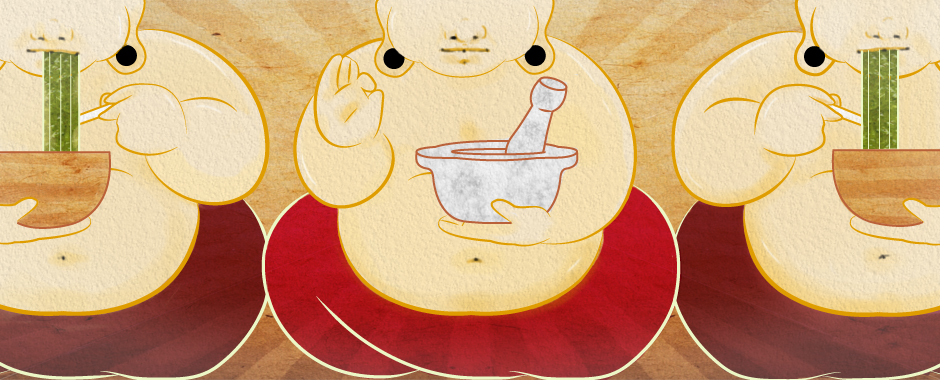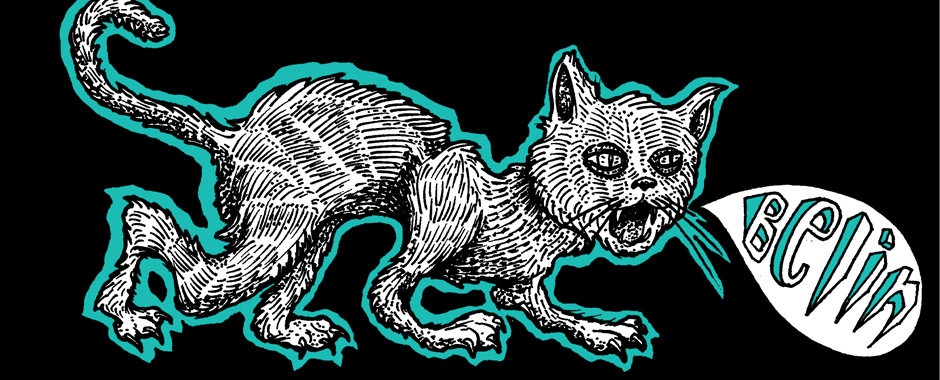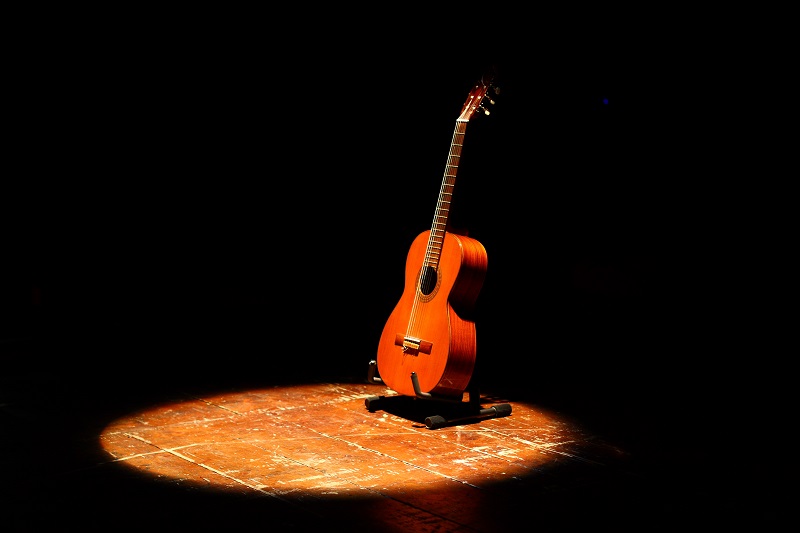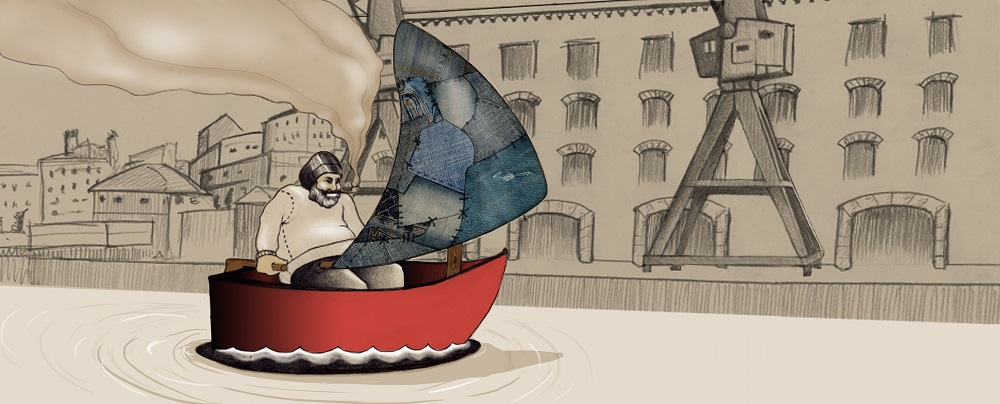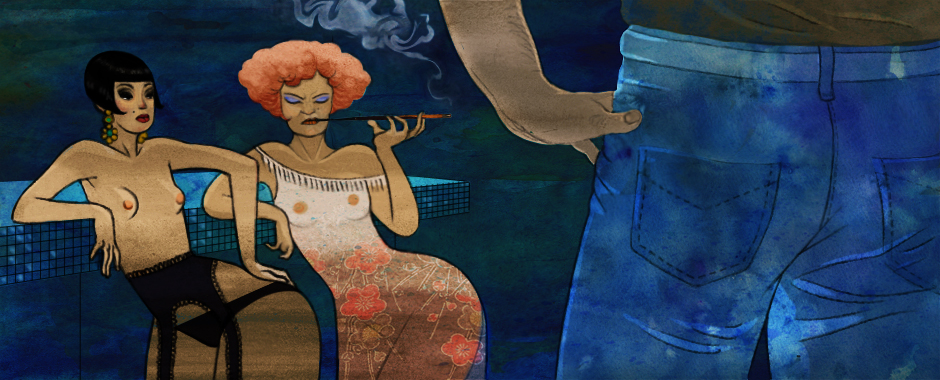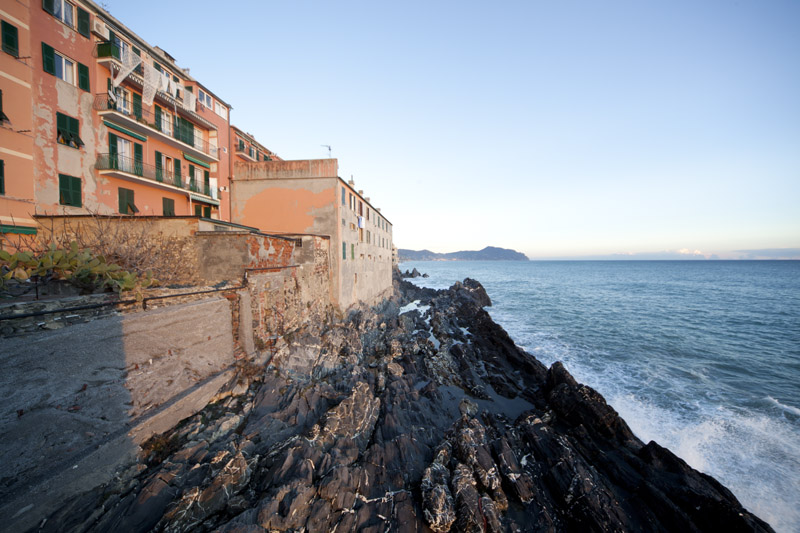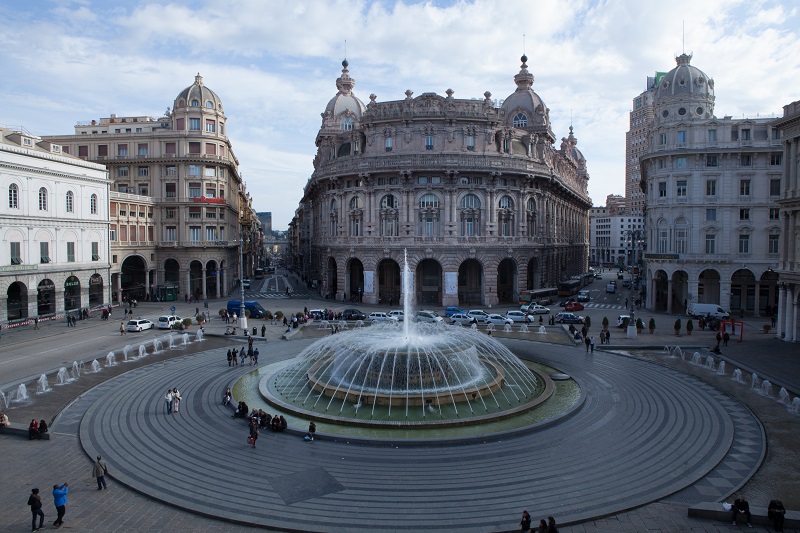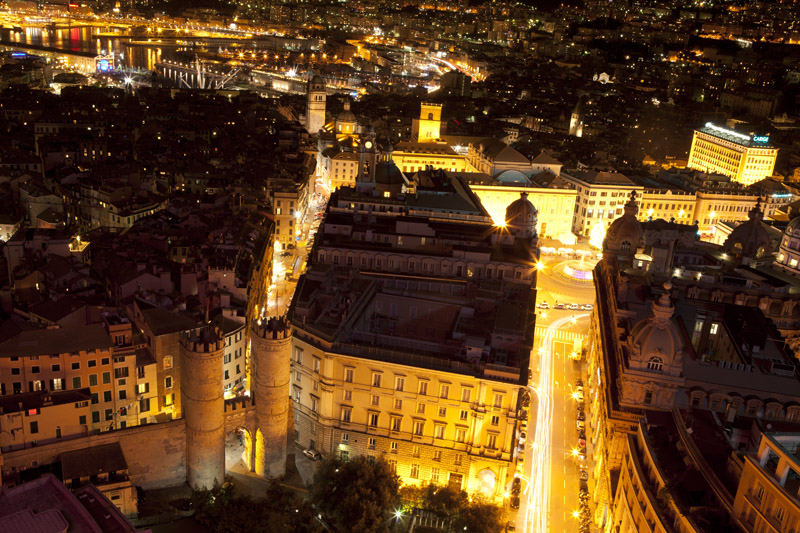Indelible and timeless in the history of Genoa’s “main courses” is the sauce par excellence, i.e. pesto. A mixture of oily seeds, pine nuts, nuts and slightly sour cheese, pesto acquired its definitive look in the late 19th century, with the use of oil, basil and pecorino. This sauce, famous all over the world, reaches its best when paired with trofie (gnocchi), the name of which seemingly derives from strufuggiâ (the act of kneading). It is said that the village of Sori was the cradle of pesto.
Discover more about Genoese foods and cousine >> What to eat in Genoa?
Talking about pasta, we cannot forget pansotti, even though they are quite recent. It seems that they made their official debut on May 18, 1961, when Il Secolo XIX, Genoa’s daily newspaper, published an article entitled: “Pansotti, what a bizarre dish”. The article dictated the rules of filling: five wild herbs, with borage being the essential one. They must be seized in the morning, along the pathway towards the Mount of Portofino. They must be mixed until reaching a kneading, also known as prebuggiùn.
Ravioli belong to the same family. They are made of two layers of pasta dough which seal a filling of meat or vegetables. It is reported that Babylonians considered ravioli a delicacy. However, the name seems to derive from the Raviolo family of restaurateurs based in Gavi in the 12th century.
Farinata, baked on a large pan, tells a story which – legend has it – occurred on certain Genoese galleys carrying prisoners from Pisa. During a storm, several oil barrels and chickpea bags got capsized and became drenched in seawater, thus creating a disgusting mush, which was left to dry out in the sun in order to become edible again. This provided the inspiration to use a similar compound, baked in the oven, which was called “Pisa’s gold” in order to mock the defeated enemy.
Initially named “maniccia” or “travelle” in the Western part of the region, you will have to be very patient if you want to taste panissa, i.e. farinata’s “sister”. In this case, chickpea flour will have to boil for at least one hour. It will also need to be repeatedly stirred. It is served cold, with the addition of extra-virgin olive oil, and, if you want, only a few drops of vinegar, a bit of pepper and a lot of baby onions.
Cuculli (coccoli in Italian) have Arabic origins. Their name may derive from their shape, which is reminiscent of silkworms. Served alongside a drink or wrapped up in the peppià (the Genoese name for food wrapping paper), they inevitably lead to overindulgence.
In order to improve the quality of bread, which does not rise properly due to Genoa’s salty air, the focaccia alla genovese made its appearance in the middle of the 16th century. It must be tasted with a coffee or a glass of white wine, as was common on the port’s quays, inside the shipyards or among the lowest social classes.
In conclusion, Lagaccio, the biscuit having the same name as a neighbourhood in Genoa, cannot be omitted from the list. These famous, old biscuits were invented in 1593 by a pastry chef in order to “sweeten” the flavourless crackers eaten by sailors. The grim name derives from that of a muddy, murky, artificial lake which was dried out in the Sixties.
Last but not least is the cima alla genovese. As Fabrizio De André explains in one of his songs, its preparation is quite complicated. Rumour – quite nastily – has it that this dish is the emblem of Genoese stinginess. It is passed off as a meat dish, but in fact it is not …
Adriana Morando
Translated by Daniele Canepa

